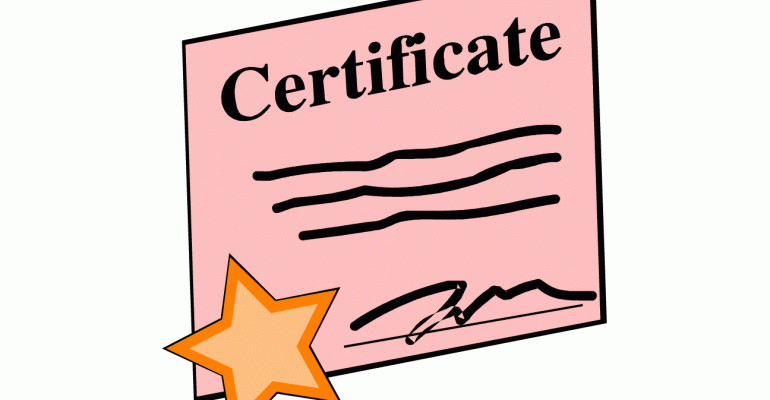The Case: Nora N. Excuze, PhD, senior manager of education at EZEE Pharmaceuticals (a 10-year-old company located in Asia that produces a broad spectrum of anti-infective agents marketed in Asia), has been asked to develop educational courses for the company’s scientific staff. Many of EZEE’s employees are scientists in residence, and have requested a certificate for educational programs they complete, especially since some will eventually return to U.S.–based roles and want to maintain their professional state licenses.
EZEE’s lead scientists identified a need for a comprehensive review of antimicrobial therapies, given that many new agents have recently been approved and several are in development. Dr. Excuze has worked with them to select learning objectives and interactive methods, develop content, and formulate a plan to evaluate course relevancy and impact.
Given that the content is broader than the company’s product line, other local non-employee clinicians have been invited to participate. Dr Excuze has contacted three U.S.–based providers accredited to certify courses for pharmacists, nurses, and physicians. Two of the three providers seem willing to work with EZEE and are evaluating the fees they will charge and the processes needed to manage each activity and distribute certificates.
Are They Certifiable?
Is it appropriate for U.S.–accredited providers to offer certificates of attendance for courses produced by a non-U.S.–based pharmaceutical company?
Parochka: Although there are no guidelines for offering certificates of attendance for non-accredited activities offered outside the U.S., providers must make certain that course participants do not expect the certificates of credit generally associated with certified courses produced in the U.S.
Overstreet: I agree, Jackie. It’s important to ensure that all parties understand the differences between credits and certificates in this scenario.
Can U.S.–accredited providers offer certificates for courses produced by non-U.S. pharmaceutical companies?
Parochka: There are no regulations indicating U.S.–accredited providers cannotoversee courses produced by non-U.S.–based commercial entities. However, if the company has operations in the U.S., it’s important to ensure there are no expectations that these policies and procedures can be extended to the U.S. by communicating this fact to the appropriate parties before entering any contractual arrangement.
Overstreet: While a U.S.–based accredited provider would not be certifying the activity for credit, its name will still be associated with it. The provider should ensure that such work falls under its mission statement and is sanctioned by its leadership. It should develop policies and procedures to guide such work, including review of all planning processes and content to ensure the quality is worthy of the provider’s tacit endorsement.
Why would clinicians based outside of the U.S. be interested in a certificate from a U.S. provider?
Overstreet: Some clinicians in countries that do not have established CME systems may find value in receiving documentation of participation from an accredited organization. In such locales, the distinction between a certificate and credit is not relevant, but “endorsement” from an accredited organization brings credibility.
Parochka: Exactly. Many non-U.S. clinicians save certificates as proof of participation and evidence of maintaining competence in their field. Providers must be clear what the certificate says in order to avoid confusing interpretation on either side of the ocean.
Karen Overstreet, EdD, RPh, FACEHP, CCMEP, is a medical education consultant in Raleigh, N.C. Reach her at [email protected]. Jacqueline Parochka, EdD, FACEHP, is president and CEO, Excellence in Continuing Education Ltd., Gurnee, Ill., and partner, PTR Educational Consultants. Reach her at [email protected].





